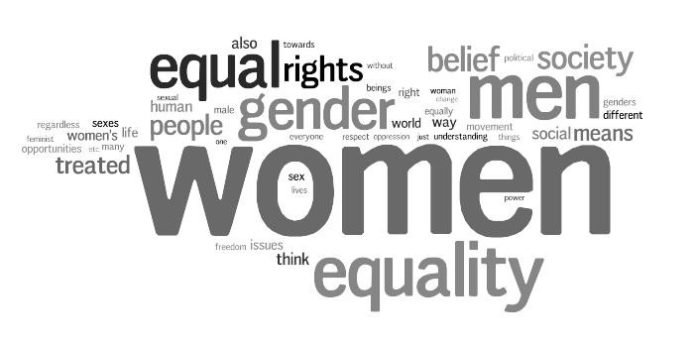Psychoanalysis is concerned with analysis of mind i.e. the psyche’s structure and its relation to the body, and use that as the basis for treating certain kinds of sickness. It is popularly known as “talking cure” and some of its central concepts are: penis envy, the Oedipus complex, the phallic symbol. As these terms suggest, psychoanalysis is closely associated with gender, sex, familial relations and the fact that their expression and construction are not always available to the conscious mind which are also central interest to feminism. Psychoanalytic and gender feminists believe “women’s way of acting is rooted deep in women’s psyche.”

Sigmund Freud described psychoanalysis as a phenomenon of the 20th century, also acknowledging the works of the 19th century precursors. Freud together with his colleague Josef Breuer wrote Studies on Hysteria (1895) which is a collection of five case histories of women suffering from reminiscences and also explains the facts that women fears and phobias, hallucinations and physical symptoms ( such as amnesia, asthma, feeling cold, neck cramps, stammers etc) all turned out to have their origin in repressed memories. Breuer also admits that the symptoms disappeared once they had been given verbal utterance which later became a therapeutic technique. During his self-analysis, Freud established three principles: the unconscious part of mind, analysis of dreams and the relationship between unconscious and conscious thought processes. Later he divided this into the id (the central location of unstructured instincts), the ego (the realistic element) and the super-ego (the internalized parental function, moral, critical).

Between 1893 and 1895 Freud developed his theory of the Oedipus complex and infantile sexuality. In the Oedipus complex, the small boy loves his mother and experience a jealous hatred of his father which is resolved by the castration complex i.e. the father steps in to forbid the boy access to his mother, on the pain of losing his organ, and the boy, in obeying, identifies with the father and the power he wields. Freud makes the little boy model for both the sexes and describes the little girl as his deficient version. In the girl’s case, according to Freud, she now loves her father and hates the betraying mother who has sent her into the world so insufficiently equipped. It is clear from these comments of Freud’s why Oedipus complex is problematic for feminist psychoanalysis, as it constructs women as the inferior ‘second sex’ and in addition to this Freud also ignores the social position of women he wrote about. However, Melanie Klein argues that the Oedipus complex occurs much earlier than Freud suggests and the infant’s drives focus not on the father and his anatomy but on the mother.
From 1953 the very influential French theorist and trained psychiatrist, Jaques Lacan inaugurated a “return to Freud” in his seminars and writings bringing structuralist and post structuralist theories of language to bear on Freud’s central concepts of the unconscious, the construction of gender etc. The biggest issue to feminist approaches to Lacan is the role of what he called phallus in the theory of language and his subject. Lacan pointed out that the distinction between penis and phallus is fundamental to Freud’s differentiation between biological and psychic reality. The phallus exists outside anatomical reality and is the signifier of the mother’s desire. He claims that this is a neutral third term, a signifier of lack. Feminists critics point out how it is hard to separate the phallus from the literal organ, the penis , if only because of verbal and visual coincidence and points out that his theory is non biological and non essentialist, as the feminine position is open to both men and women.

Psychoanalytic feminist thought has also followed another route, i.e. the area of masquerade, or gender as a performative strategy. Joan Riviere in her essay discusses three case studies which have in common the fact that ‘women who wish for masculinity may put up a mask of womanliness to avert anxiety and the retribution feared from men’. Opponents of claims that the idea of masquerade is liberatory point to its political implications. The potential that masquerades offers is a deconstruction of the idea of biological determinism or the real women not yet disfigured by patriarchal social relations. Masquerade has also been used to not only analyse the female spectator but the very possibility of representation of the female body on screen.
Thus the future of psychoanalytic feminism seems very rich. As well as the ‘return to Klein’, signaled for instance by the establishment of Women’s Therapy Centre in London, psychoanalytic feminism underlies recent developments in lesbian theory, gender studies and queer theory.

Comments are closed.